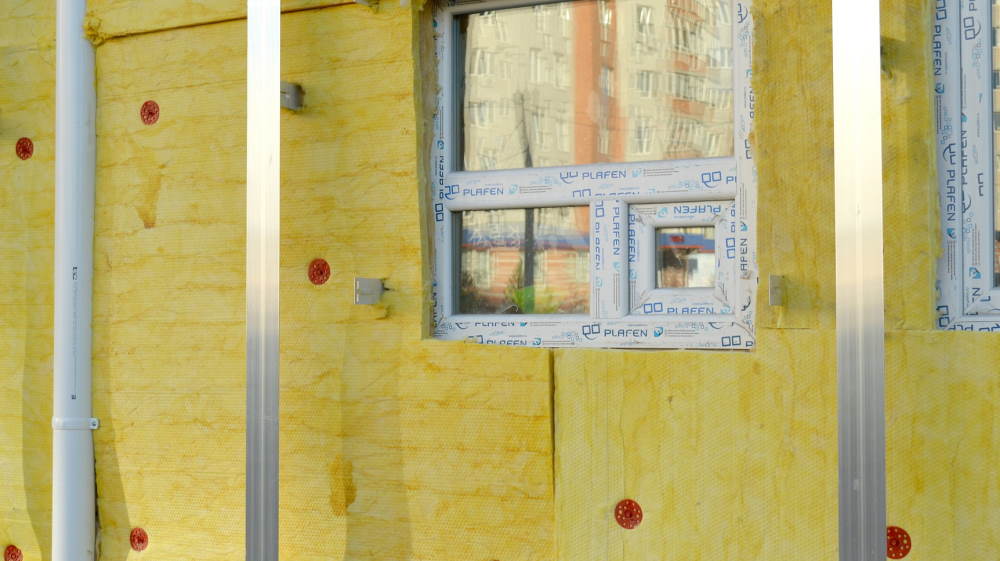Can you insulate garage doors? Specially prepared insulation kit for garage doors. If we talk about insulating garage walls and ceilings, we shouldn’t overlook the garage door. If you want to get the job done, a garage door needs to be insulated as well. Otherwise, you won’t get an insulation efficient as expected.

Why you should insulate a garage door?
Like I said before, if you’re insulating your garage, don’t overlook the garage’s largest opening – garage door. All your hard work insulating walls and ceilings in a garage won’t be as successful without a properly insulated garage door.

The garage door is like a climate-control unit if used right. This big moving opening lets air in and out every time it opens. Depending on the outside temperatures, sometimes we want it to behave like climate control, and sometimes not.
That’s why it is important to have an insulated garage door. Don’t let heat exchange happen when the door is closed. Good door insulation shall keep inside temperature. Furthermore, by keeping the inside temperature, insulation saves your electrical or gas bills, depending on what you’re using. It works in another direction also – keeping the garage reasonably cold when it is hot outside.
If you want to insulate the garage door, consider a few different solutions. Homeowners with a sectional garage door should pay attention to how often the garage door operates. Moreover, consider section size, and find appropriate insulation for the garage door you have.
Sometimes it is the best solution to apply fiberglass batting and spray foam insulation. However, neither are ideal solutions for the garage door because of the way it operates. The garage door opens & closes regularly, often with hinges and folds at several points.
That makes it more challenging to apply any type of insulation. Sometimes it is the best way to deal with this is by buying an already insulated garage door. It is a much more expensive route, but in a long run it pays off.
Read about: Install can light in a garage
DIY or not? Insulating a garage door
With so many DIY kits and garage door insulation products on the market, it is hard not to try insolating garage door by yourself. It can be very tempting not to try one of these yourself, which I recommend for people familiar with hand tools and know what they’re doing.
Keep in mind that using insulating garage door kits has some downsides:
- Voids the warranty: Keep in mind that modifying the garage door under warranty could lead to warranty loss.
- Difficult to find the right garage door insulation kit: Most DIY kits are made for a specific type and size of the garage door. This makes it more challenging to figure out what KIT to buy. Pay attention and look for an appropriate KIT that fits your garage door.
- Adds stress to the opener: By installing insulation adds extra weight to your door. Don’t do it if your opener doesn’t meet the minimum weight power to operate.
Popular types of garage door insulation
When you’re buying a pre-insulated garage door, chances are that you’ll have one of these two materials inside:
Polystyrene: This is a waterproof and affordable material, and it is a common choice for garage door insulation. Polystyrene is synthetic, made from Styrofoam and is easy to modify and customize to fit inside garage door panels.
Polyurethane: A bit more complex and more expensive synthetic material is polyurethane. It is also a popular choice for garage door insulation. This material is denser than polystyrene, meaning you can get more insulating qualities with a thinner application of the material.
If you want to insulate the garage door yourself, make sure to buy a kit that can be applied to your garage door.